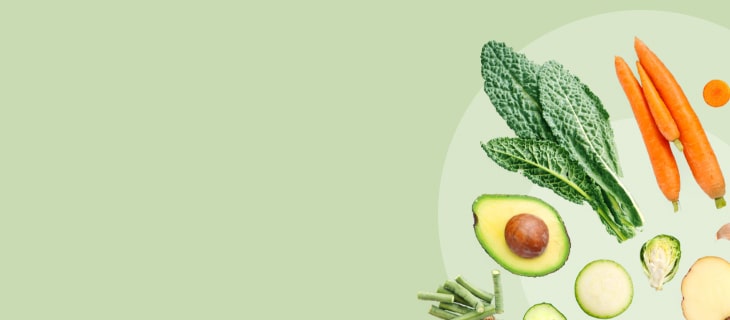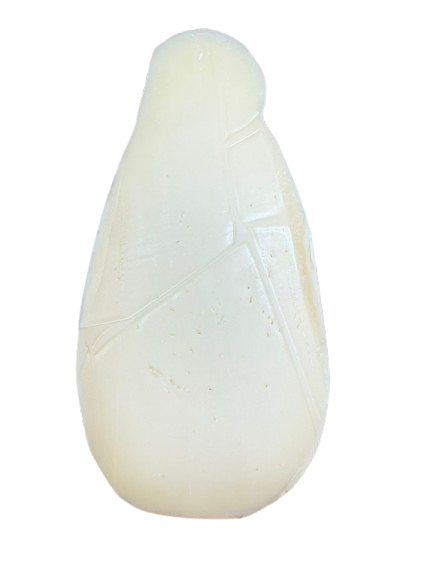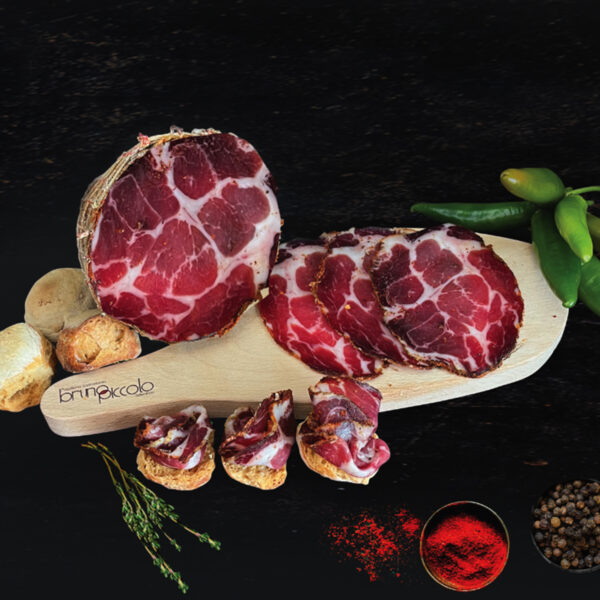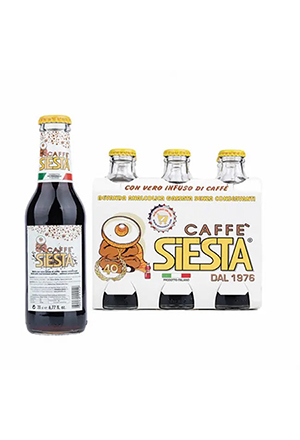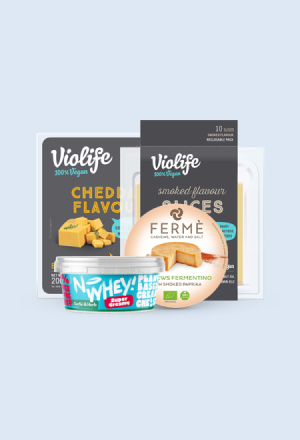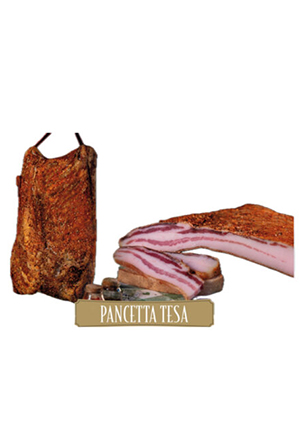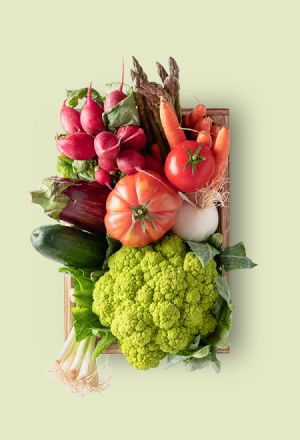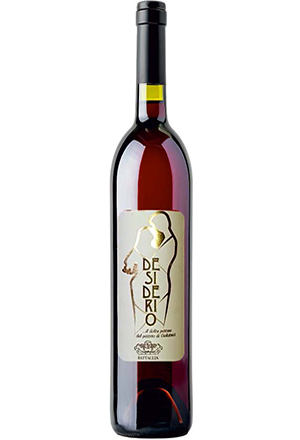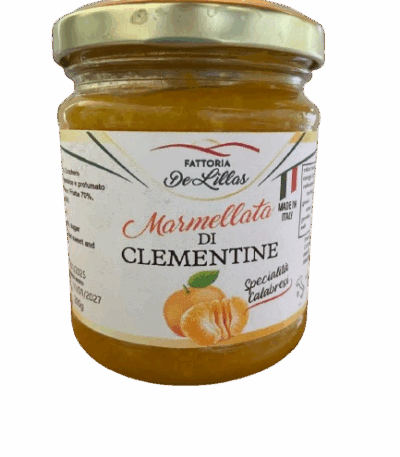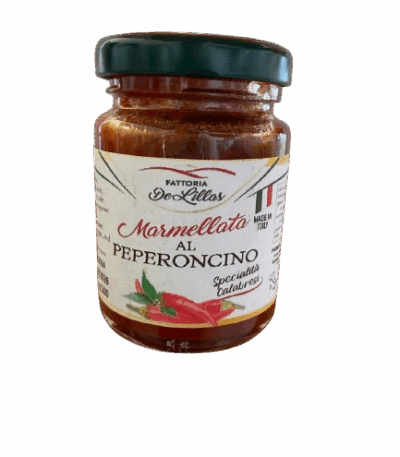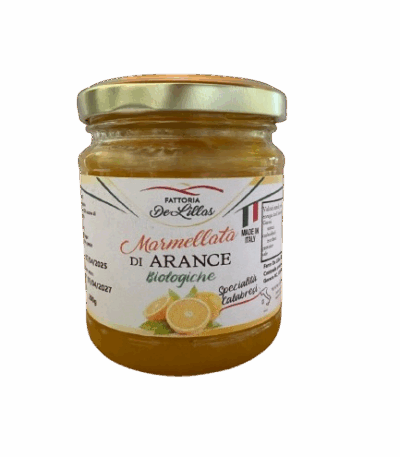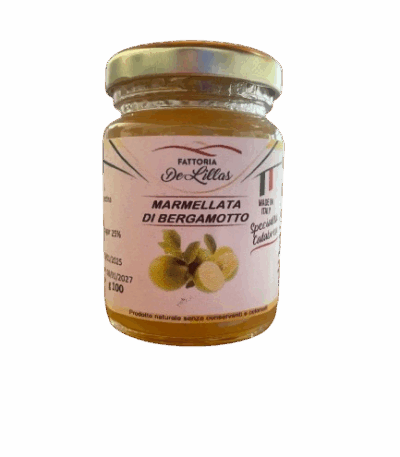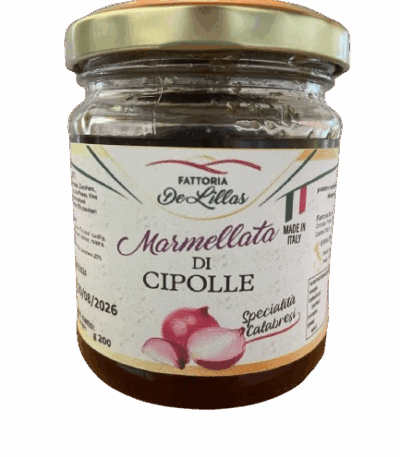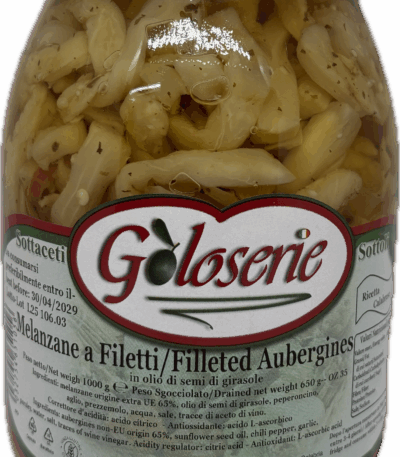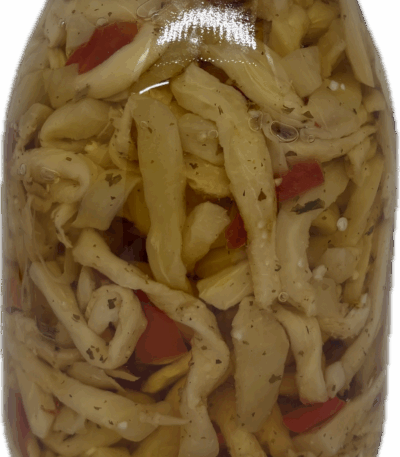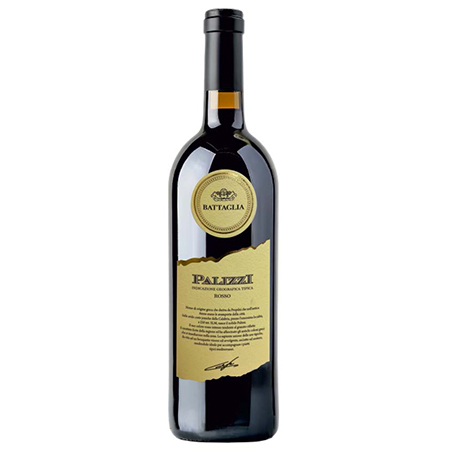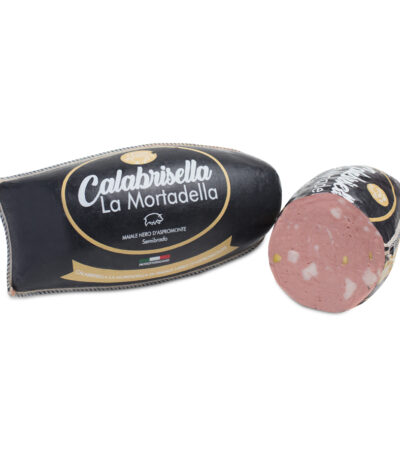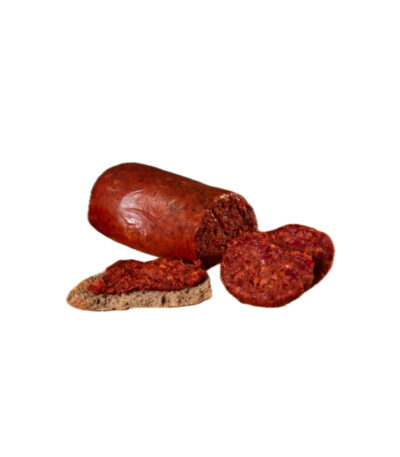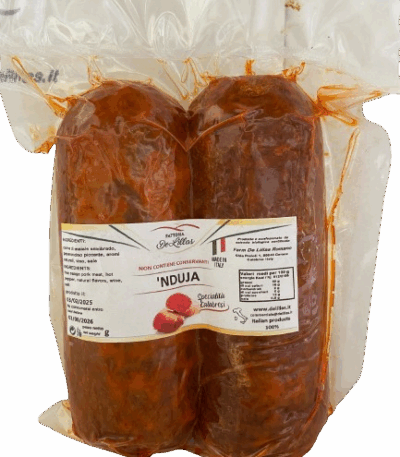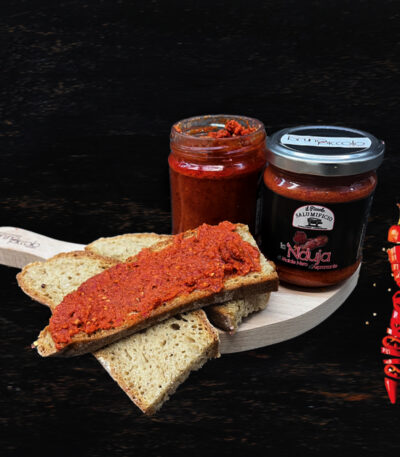Shop
Marmellata di clementine
6,00 € – 415,00 €Marmellata al peperoncino
370,00 € – 590,00 €Marmellata di arance
6,00 € – 416,00 €Marmellata di cipolla
5,00 € – 350,00 €Melanzane piccanti sott’olio a fette
4,00 € – 610,00 €MISTERO – IGT PALIZZI
15,00 €DENOMINAZIONE: IGT Palizzi
TERROIR: i vigneti sono situati ad un’altitudine di circa 250 m s.l.m., e da una struttura di terreno argillosa. Qui, sull’estremo lembo meridionale della provincia di Reggio
Calabria, dove il capo di Spartivento e la costa dei
Gelsomini tuffano lo stivale nelle acque del mar lonio, il territorio sale in fretta verso le falde dell’Aspromonte
FORMA DI ALLEVAMENTO: Alberello e Guyot
UVE: Nerello mascalese 30%, Alicante 30% e Nero d’Avola 40%
VINIFICAZIONE E MATURAZIONE: la vendemmia manuale si effettua tra l’ultima decade di agosto e la prima decade di settembre. Fermentazione alcolica in vinificatori d’acciaio a temperatura controllata e macerazione sulle bucce con rimontaggi e follature per circa 15 giorni. La fermentazione malolattica avviene in barriques di rovere francese di secondo passaggio dove il vino permane per circa 6/8 mesi. Affinamento in bottiglia per altri 6/8 mesi
CARATTERISTICHE ORGANOLETTICHE: Ha un colore rosso rubino con riflessi violacei intenso e profondo, un profumo complesso con sentori di frutti rossi
Spiccatamente tannico quando è giovane, ricco di corpo, dal sapore asciutto, pieno, robusto, ma anche vellutato, armonico, avvolgente. In bocca si percepisce la bacca rossa della ciliegia e della mora, la liquirizia e la vaniglia, il tabacco e il caffè
GRADO ALCOLICO: 14,0 %Vol.
Mortadella di Suino Nero D’Aspromonte – IL PICCOLO SALUMIFICIO (Copia)
11,25 € – 27,00 €da 1,2 Kg , 5 Kg , 12 Kg
INGREDIENTI: CARNE SUINO, SALE, ZUCCHERI: DESTROSIO,SACCAROSIO, AROMI E SPEZIE,
ANTIOSSIDANTE: E301, CONSERVANTE: E252 – E250
|
TEMPERATURA DI TRASPORTO: + 4° C |
TEMPERATURA DI CONSERVAZIONE: + 4° C |
DURATA DEL PRODOTTO: 6 MESI IN BUSTE S/V |
Provenienza della materia Prima: NAZIONALE
| DESCRIZIONE DEL PRODOTTO: |
| Prodotto di carne suina e lardelli selezionati per la produzione di insaccato cotto |
l prodotto viene preparato selezionando e triturando carne e lardelli, segue l’aggiunta di additivi, spezie, pistacchi ecc prima del processo di impastatura e insaccatura in budelli idonei. Il processo viene ultimato con la cottura in forno, docciatura, raffreddamento (abbattimento) e asciugatura.
Nduja
10,90 €La ‘nduja, prodotto tipico calabrese, è un salame morbido, spalmabile, piccante. Di colore rosso vivo dovuto alla ricca presenza del peperoncino, questo ne determina anche una lunga conservazione. Utilizzata in tantissime ricette, è una vera delizia assolutamente da provare! La carne viene disossata a mano e successivamente messa a macinare finemente; al prodotto macinato sia grasso che magro vengono aggiunti gli aromi e le spezie in mescola. Finito questo processo, il prodotto viene insaccato e legato, quindi messo a stagionare per 20 giorni almeno.
INFORMAZIONI NUTRIZIONALI
Valori nutrizionali medi
per 100 g
Valore energetico
1242kj / 296,8 Kcal
Grassi – di cui saturi
23,2 g – 6,4 g
Carboidrati – di cui zuccheri
0,4 g – 0 g
Proteine
21,6 g
Sale
2,8 g
Nduja al Kg (in tranci sottovuoto)
20,00 €Salumi artigianali senza conservanti
(provenienti da carni suine allevati in fattoria allo stato semi brado con prodotti esclusivamente coltivati in azienda e controllate dal SSN (contenuto: Carni suine, sale , vino, peperoncino piccante, spezie)
Prezzi al kg sottovuoto in tranci di varia pesatura
Online Sports Nutrition and Natural Dietetics.
Chances are there wasn't collaboration, communication, and checkpoints, there wasn't a process agreed upon or specified with the granularity required. It's content strategy gone awry right from the start. Forswearing the use of Lorem Ipsum wouldn't have helped, won't help now. It's like saying you're a bad designer, use less bold text, don't use italics in every other paragraph. True enough, but that's not all that it takes to get things back on track.
The villagers are out there with a vengeance to get that Frankenstein
You made all the required mock ups for commissioned layout, got all the approvals, built a tested code base or had them built, you decided on a content management system, got a license for it or adapted:
- The toppings you may chose for that TV dinner pizza slice when you forgot to shop for foods, the paint you may slap on your face to impress the new boss is your business.
- But what about your daily bread? Design comps, layouts, wireframes—will your clients accept that you go about things the facile way?
- Authorities in our business will tell in no uncertain terms that Lorem Ipsum is that huge, huge no no to forswear forever.
- Not so fast, I'd say, there are some redeeming factors in favor of greeking text, as its use is merely the symptom of a worse problem to take into consideration.
- Websites in professional use templating systems.
- Commercial publishing platforms and content management systems ensure that you can show different text, different data using the same template.
- When it's about controlling hundreds of articles, product pages for web shops, or user profiles in social networks, all of them potentially with different sizes, formats, rules for differing elements things can break, designs agreed upon can have unintended consequences and look much different than expected.
This is quite a problem to solve, but just doing without greeking text won't fix it. Using test items of real content and data in designs will help, but there's no guarantee that every oddity will be found and corrected. Do you want to be sure? Then a prototype or beta site with real content published from the real CMS is needed—but you’re not going that far until you go through an initial design cycle.
